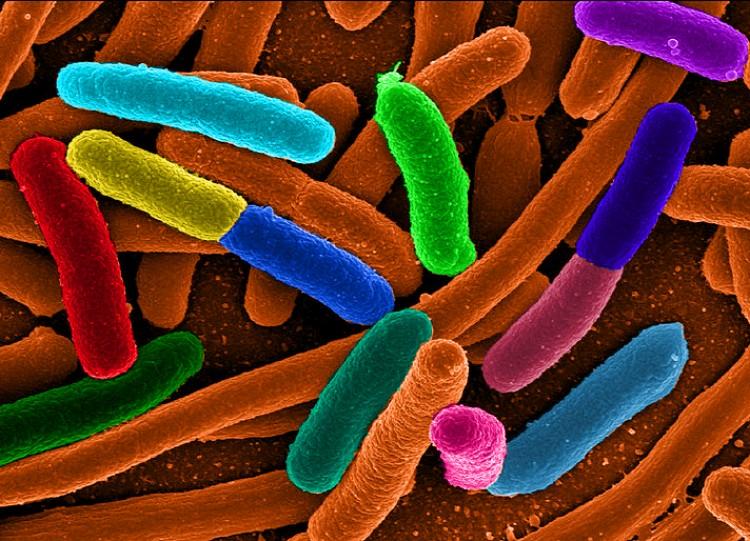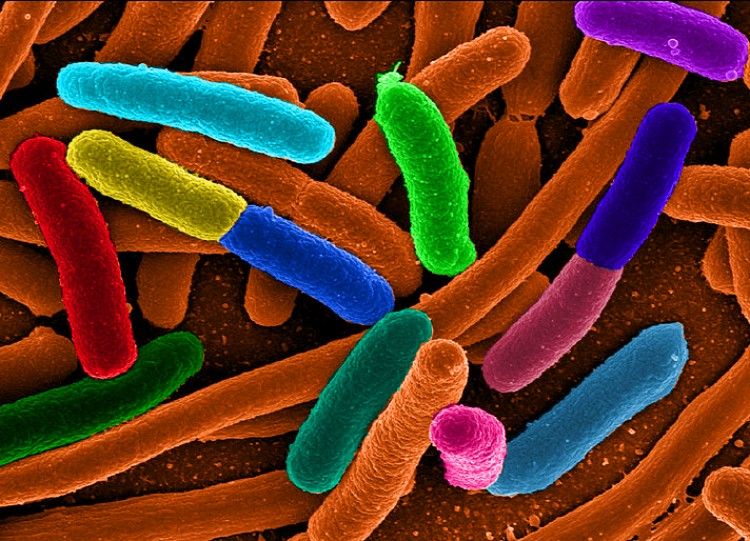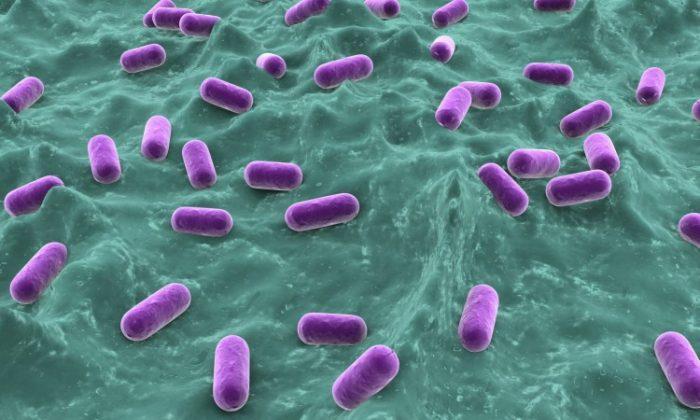U.S. researchers have devised a method of encoding information using genetically modified strains of Escherichia coli bacteria.
Dubbed Steganography by Printed Arrays of Microbes (SPAM), the technique first required developing seven strains of E. coli bacteria that grow in different colors when exposed to ultraviolet light. A coding scheme was created that mapped various color combinations to symbols and letters of the alphabet.
Next, the bacteria were grown into specific color types on agar gel plates, and a sheet of paper-like material was pressed over the plate, imprinting it with the bacteria.
Once dry, the coloring would disappear like invisible ink, causing the paper to appear blank. The message can be retrieved again by placing the material back onto an agar plate, causing the bacteria to re-grow and exposing the color again.
The approach is much simpler and cheaper than past methods which involved stamping messages into DNA.
For example, research by biologist Craig Venter from 2010 encoded messages by stamping them into the DNA of partially synthetic bacteria. However, such techniques require sophisticated equipment to sequence the DNA and unlock the message.
“We really wanted to use easily observable traits,” study co-author Manuel Palacios at Tufts University told Nature News. “In our case, light-emitting diodes and an iPhone would do.”
However, this method is insecure because encoded messages are easier to intercept.
Palacios and colleagues therefore added florescence to antibiotic-resistant genes, making the message decipherable only if the correct anti-biotic is applied. This approach also reveals a false message if the incorrect antibiotic is applied.
In addition, other defensive methods can be engineered into the SPAM process, such as setting the bacteria to grow and die at certain times to effectively destroy the message.
Practical applications of the technology include “biometrics, communication through compromised channels, easy-to-read barcoding of biological products, or provide a deterrent to counterfeiting,” the researchers wrote in the study abstract.
The SPAM method is the product of an initiative funded by the US Defense Advanced Research Projects Agency (DARPA). Details were published online in the Proceedings of the National Academy of Sciences on Sept. 26.
Dubbed Steganography by Printed Arrays of Microbes (SPAM), the technique first required developing seven strains of E. coli bacteria that grow in different colors when exposed to ultraviolet light. A coding scheme was created that mapped various color combinations to symbols and letters of the alphabet.
Next, the bacteria were grown into specific color types on agar gel plates, and a sheet of paper-like material was pressed over the plate, imprinting it with the bacteria.
Once dry, the coloring would disappear like invisible ink, causing the paper to appear blank. The message can be retrieved again by placing the material back onto an agar plate, causing the bacteria to re-grow and exposing the color again.
The approach is much simpler and cheaper than past methods which involved stamping messages into DNA.
For example, research by biologist Craig Venter from 2010 encoded messages by stamping them into the DNA of partially synthetic bacteria. However, such techniques require sophisticated equipment to sequence the DNA and unlock the message.
“We really wanted to use easily observable traits,” study co-author Manuel Palacios at Tufts University told Nature News. “In our case, light-emitting diodes and an iPhone would do.”
However, this method is insecure because encoded messages are easier to intercept.
Palacios and colleagues therefore added florescence to antibiotic-resistant genes, making the message decipherable only if the correct anti-biotic is applied. This approach also reveals a false message if the incorrect antibiotic is applied.
In addition, other defensive methods can be engineered into the SPAM process, such as setting the bacteria to grow and die at certain times to effectively destroy the message.
Practical applications of the technology include “biometrics, communication through compromised channels, easy-to-read barcoding of biological products, or provide a deterrent to counterfeiting,” the researchers wrote in the study abstract.
The SPAM method is the product of an initiative funded by the US Defense Advanced Research Projects Agency (DARPA). Details were published online in the Proceedings of the National Academy of Sciences on Sept. 26.




